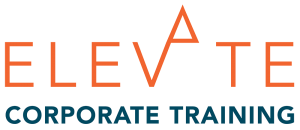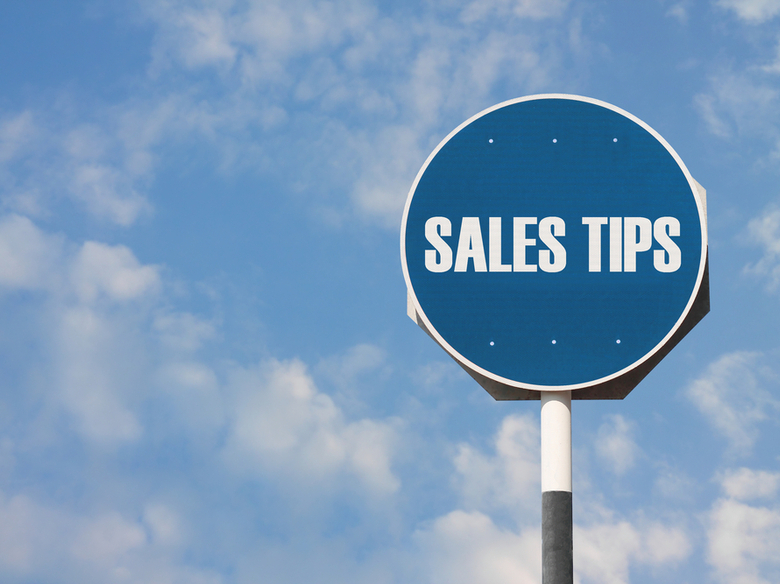The best salespeople are always looking to improve. As you advance in your sales career, however, you may forget that some basic building blocks form the foundation of a successful sales approach. These seven simple tips can help new sellers and experienced salespeople to improve their performance.
Qualify Your Prospects
You do everything right in the sales process but when you get to the end you find out the potential customer doesn’t have the financial resources to actually become a customer. We’ve all been there.
That is why it is so important to qualify your leads before you invest a significant amount of time. You can increase your sales when you answer four specific questions:
- Am I able to talk to the economic decision-maker?
- Do they have the financial resources to afford our product or service?
- Do they have a problem they need to solve?
- Do you have a solution to their problem?
If the answer to any of these questions is no, you’re probably wasting your time.
One of the most critical things you will do is find out the number of people that will play a role in the buying process. The more direct access you have, the better you will do. In B2B sales, the number of decision-makers has increased from an average of 5.4 to 6.8. That’s a lot of people in your path. You need to know who they are and what they need.
It’s never been easier to research a potential customer. You can check out their company’s website. You can go to LinkedIn and look at the buyer.

Define Your Unique Selling Proposition
No matter what industry you are in, you’re likely to have plenty of competitors. Everyone says they have the best product. Somebody can always beat your price if they are desperate enough to make a sale.
Prospects are making two separate sets of decisions in the buying cycle:
- Why they need to purchase a product or service
- Why they should purchase a product or service from you specifically
As part of your sales diagnosis, you will determine the problem the customer needs to solve and identify the product or service you have that does that. This creates demand. It doesn’t, however, mean they will buy from you. At this point in the customer journey, many potential buyers may start to shop around. If you haven’t defined what’s special or different about you or your product, you may have spent your time creating a lead for someone else.
When You Get A Lead, Respond Quickly
When someone contacts you or your company, that’s a strong indication they are interested in what you’re selling. If they leave a name, phone number, or email, they expect a salesperson to follow-up. It’s shocking how often nobody ever responds. As many as a third of leads never get a return call.
Calling a lead within one minute of an inquiry coming in more than doubles conversation rates.
Maybe one minute isn’t possible in all cases but calling back within 24 hours will set you apart from the pack.
Stick To It
Once you’ve identified a viable prospect, you need to have to be aggressive in your pursuit. After all, if they have a problem you can solve, they’re going to buy from somebody. Don’t be passive and let someone else sell them first.
Too many salespeople give up after the first or second contact. Nearly 50 percent never follow up at all. Only 10 percent of salespeople will make a fourth attempt. Yet research shows that 93 percent of sales happen after the fifth touchpoint.
Recognise That Buyers Now Drive The Sales Process
When people need a product or service, they have so much information available online to do research independently. B2B sellers start the sales process almost exclusively online before ever connecting with a salesperson. You must make sure your message is in front of them where they go to search.
B2C consumers look at products online as well. Depending on price, they may not even shop around past the initial click.
The more expensive a product is the more research that’s likely been done. The majority of buyers already have some idea of the product and features before they make a call or take a call. Determine quickly where they are in the process and don’t waste their time.

Identify The Stage Of The Prospect’s Customer Journey
Customers want different things at different stages in the customer journey. You need to identify which stage they are in quickly in order to present the right information.
When customers are first learning about products, it’s called the Awareness stage. Less than 20 percent (19%) want to connect with a salesperson and they rarely buy on the first contact. They’re first learning about products. Information needs to educational.
60 percent of customers are ready to have a serious conversation with a seller after they’ve done some research and they are in the Consideration phase. They may have a short list when they connect. This is where you’ll need to hit your Unique Selling Proposition (USP) to help them eliminate other potential choices.
20 percent connect during the Decision phase. They’re ready to buy. This is where you need to close the deal.
When they do talk to a sales rep, they don’t want to hear product platitudes. They have a short list of what they want to know:
What buyers want to talk about on the first sales call
SOURCE: Hubspot
- 68% Pricing
- 54% Product demo
- 47% Problems they are trying to solve
- 44% How other organisations have used the product successfully
- 37% The reason their organisation needs to make a purchase
- 32% Their company’s overall goals
- 24% Budget available
In the past, you could save the product demo and the pricing until the end of the sales process. Now they want it up front to decide whether to continue with you.
Failing to recognise the stages of the customer journey, identify what you need to do at each stage, and delivering the right approach can cost you sales.
Develop Trust
People don’t buy from companies they don’t trust or people they don’t trust. You’ve got to develop a foundation for trust. The more you listen, ask questions, and get at the heart of their need, the better chance you to have to be believable when you tell them you have a solution. If you’re pitching your pre-packaged solution before you establish this trust, they likely won’t believe your claims.
One of the best ways you can demonstrate trustworthiness is by pointing to other customers in similar circumstances and showing how your products worked for them. It works even better if you can get a referral or testimonial.
Never make a promise you can’t keep. Don’t float a price point if you know you can’t deliver. Know your parameters ahead of time. Don’t try to guess when you don’t know the answer. Be honest and let them know you’ll do your research and get back to them.
Becoming A Better Seller
These tips can help make you a better seller. Sales training, role-playing, and in-field coaching can go a long way toward improving your skills. The more you practice them, the better you will get.

